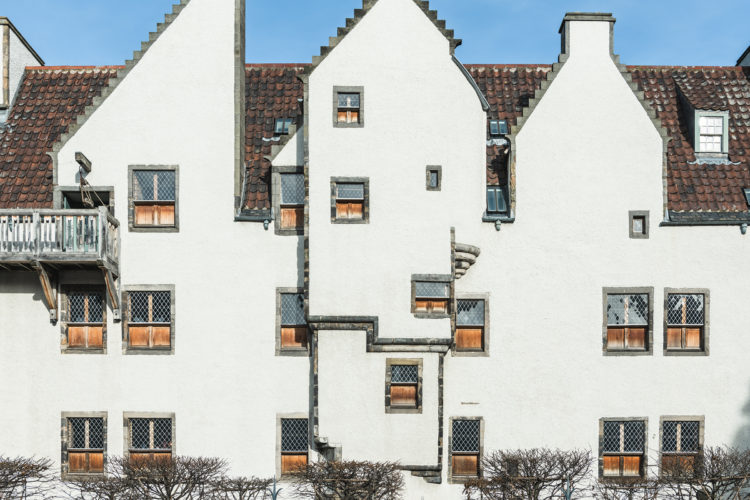My Modern House: at their 17th-century merchant’s house in Leith, Kristin Hannesdottir and Nicholas Groves-Raines reflect on a lifetime of restoring Scottish houses
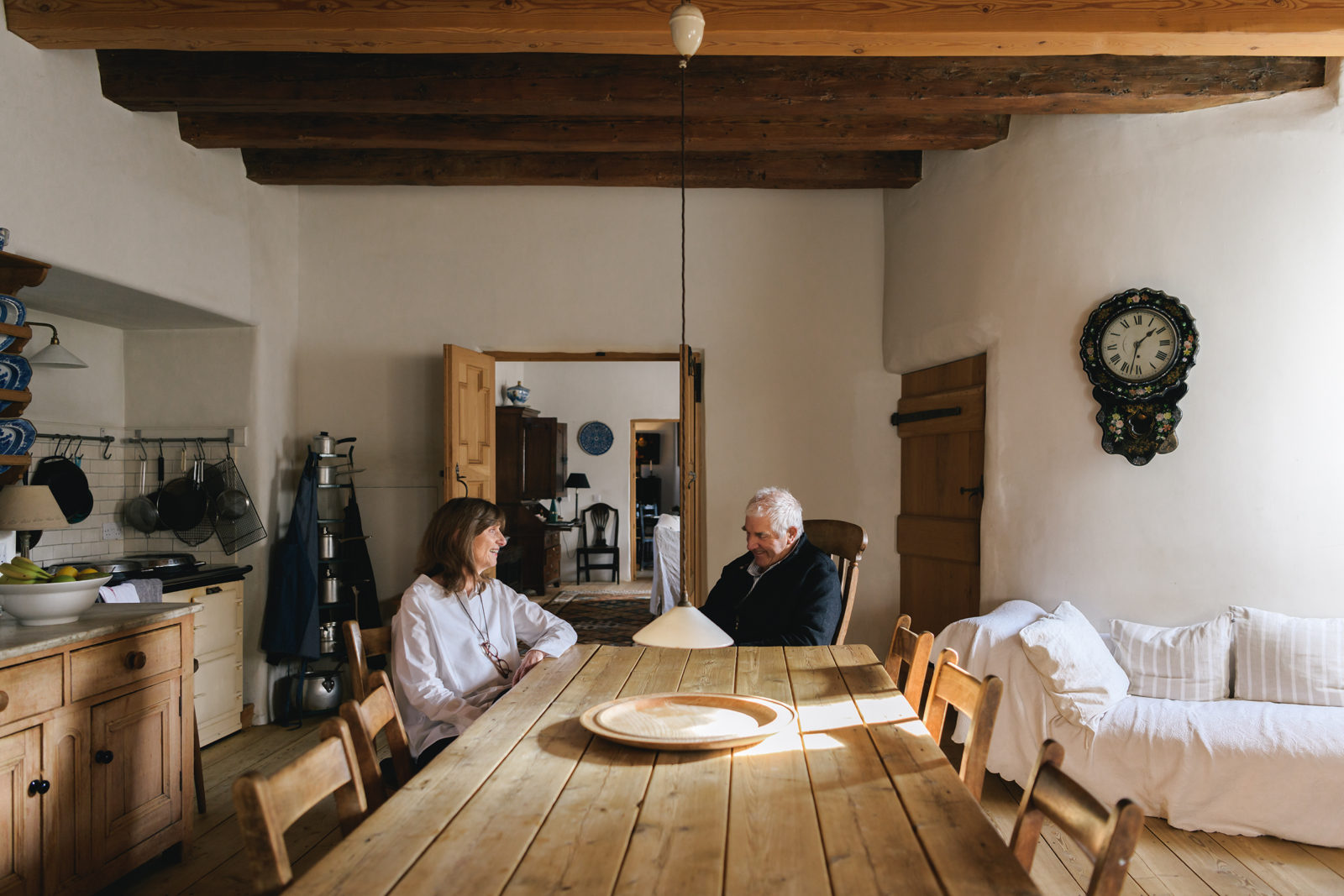
Earlier this year, The Modern House made a trip to Edinburgh to take the pulse of the city’s creative scene and step inside some of the best homes in the capital. So far, we’ve shared our visits to Eilidh Izat and Jack Arundell’s classic Georgian flat in the heart of town and Gemma and Kestin Hare’s Victorian family home in the changing neighbourhood of Trinity. Here, we’re heading to the port town of Leith to get the story of how architects Kristin Hannesdottir and Nicholas Groves-Raines put a lifetime’s worth of experience restoring Scottish houses into saving Lamb’s House from inappropriate development, and why the early 17th-century building is a lot more accommodating to modern living than you might first think.
Nicholas: “Start from the beginning? Oh, that could take a while. We’ve worked on and restored nine – mostly listed – houses like this for the best part of 50 years. We’ve got horrific pictures of our children sitting on scaffolding on a castle in the Highlands; two planks wide and no barrier whatsoever!”
Kristin: “But going right back, I was brought up in a timber house in Iceland and Nick was brought up in a small Georgian country house in Ireland.
“Nick came to study architecture in Scotland in the late 1950s, which I did also, 10 years later. When I met Nick he had already started his practice and that was it: we’ve worked together ever since. We’ve been married for 45 years, and worked together for 47.
“The houses we have lived in have always been historic houses, beautiful houses, usually a building site until we get them finished. We have never really lived in a modern house, or what you’d call a modern house.”
Nicholas: “It wasn’t the plan, it’s just how it panned out. There’s never been a plan!”

Kristin: “We’ve just found beautiful buildings, often in unfashionable locations, did them up, and when the bank said, ‘We want our money back’, we had to sell and start again.
“People think we’re bonkers. But we’re not doing it to save beautiful buildings as such, we’re doing it so we can live in beautiful buildings.”
Nicholas: “And we get our toe in the door for very little. The first one we bought, an 18th-century courtyard stable down on Coldstream, was £500. It’s now six houses but we had it as one. We used to go down in our VW camper van with the kids, park it in the tractor shed and live in there while we worked on the house.
“Since then there’s been a vandalised 1636 tower house in Craigmillar (£5,000 for four storeys and four acres of land), a derelict 16th-century fortified house on Loch Earn and, before Lamb’s House, Liberton House, another fortified house, gutted by fire. Oh, and then there’s the first one I ever bought, for £600: a bothy on an island in County Donegal in the Republic of Ireland. That one we still have and it’s not going anywhere; it’s the best of all of them.
“All of the projects have been done on a shoestring, until this one. Liberton House sold for enough that we were able to put a lot of time and effort into it, and employ craftspeople to do things like the ironwork and glass, which was nice.”
Kristin: “This building has been adapted throughout its history. Initially, it was six grand flats on the upper floors with six booths or shops on the ground floor. The house was built by Andrew Lamb, a local businessman, and rented by Edinburgh merchants who traded in the harbour.
“It had multiple occupants in the 19th-century, as a tenement building with many little flats and corridors. Then it became a slum, and eventually an old peoples’ day centre. When we bought it from the National Trust for Scotland, they were about to turn it into maisonettes for sale.”
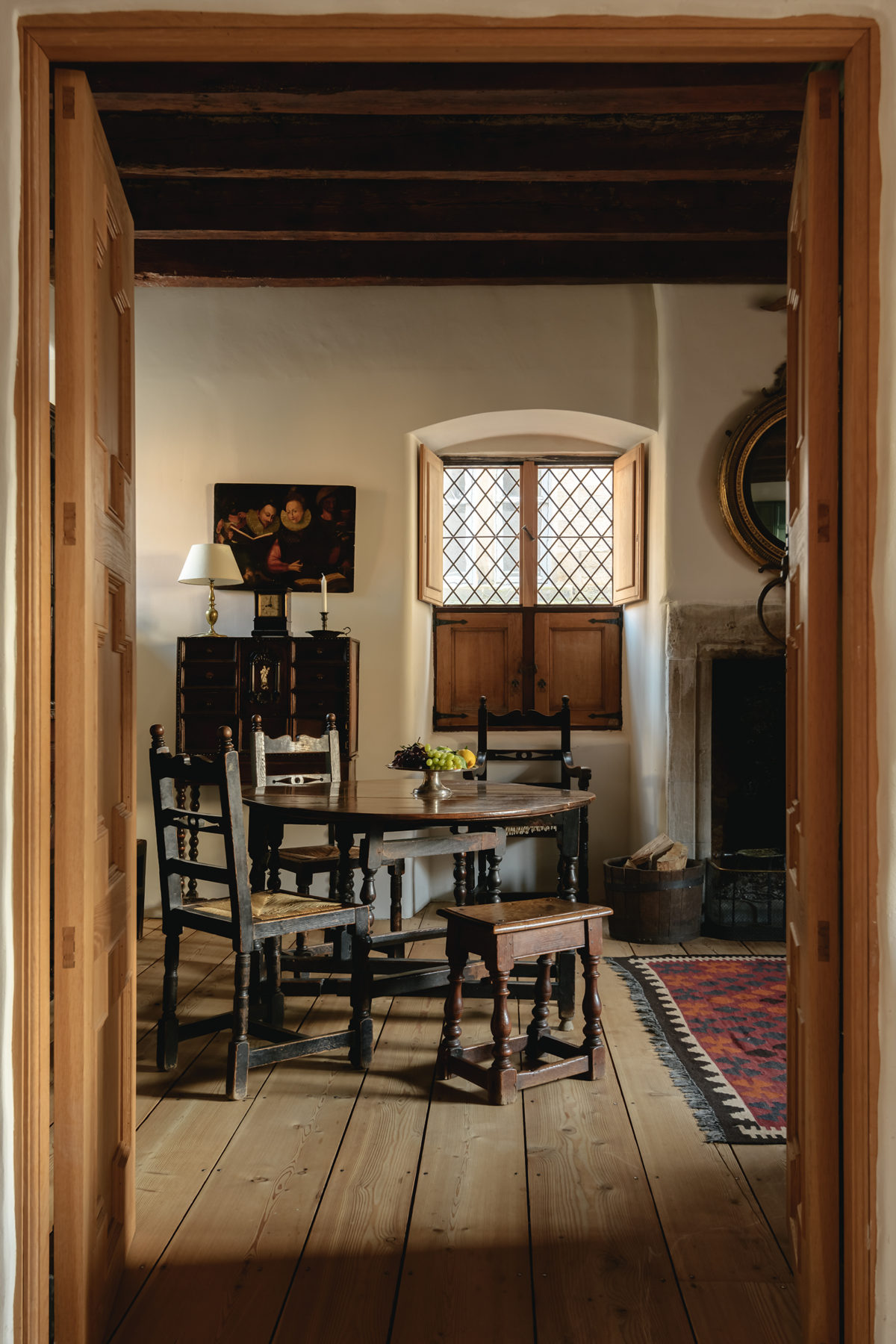

Nicholas: “You expect the authorities to protect buildings like these, but they don’t. They gave permission for this building to be split up.”
Kristin: “One of the flats was to have a two-metre wide fireplace in the bathroom. It was just nonsense; extraordinary.”
Nicholas: “They had no idea how to keep it going, so they came up with a solution that gave them a bit of money and took the house off their hands.
“Restoring, conserving and maintaining an old house is not an easy thing to do, which is why not everyone does it. From buying something cheap to selling it can be up to 16 years of very hard work and considerable investment in between.”
Kristin: “We’ve adapted Lamb’s House, and found it very similar to living in a fortified house, which we’ve done three times before: they are timeless, simple and very nice to live in as long as you keep them warm.”
Nicholas: “Fundamental! They have to be warm. There’s underfloor heating everywhere here, and the Aga takes care of the kitchen. The whole house is on thermostat throughout the year because as soon as you let these buildings go cold, that’s it.”
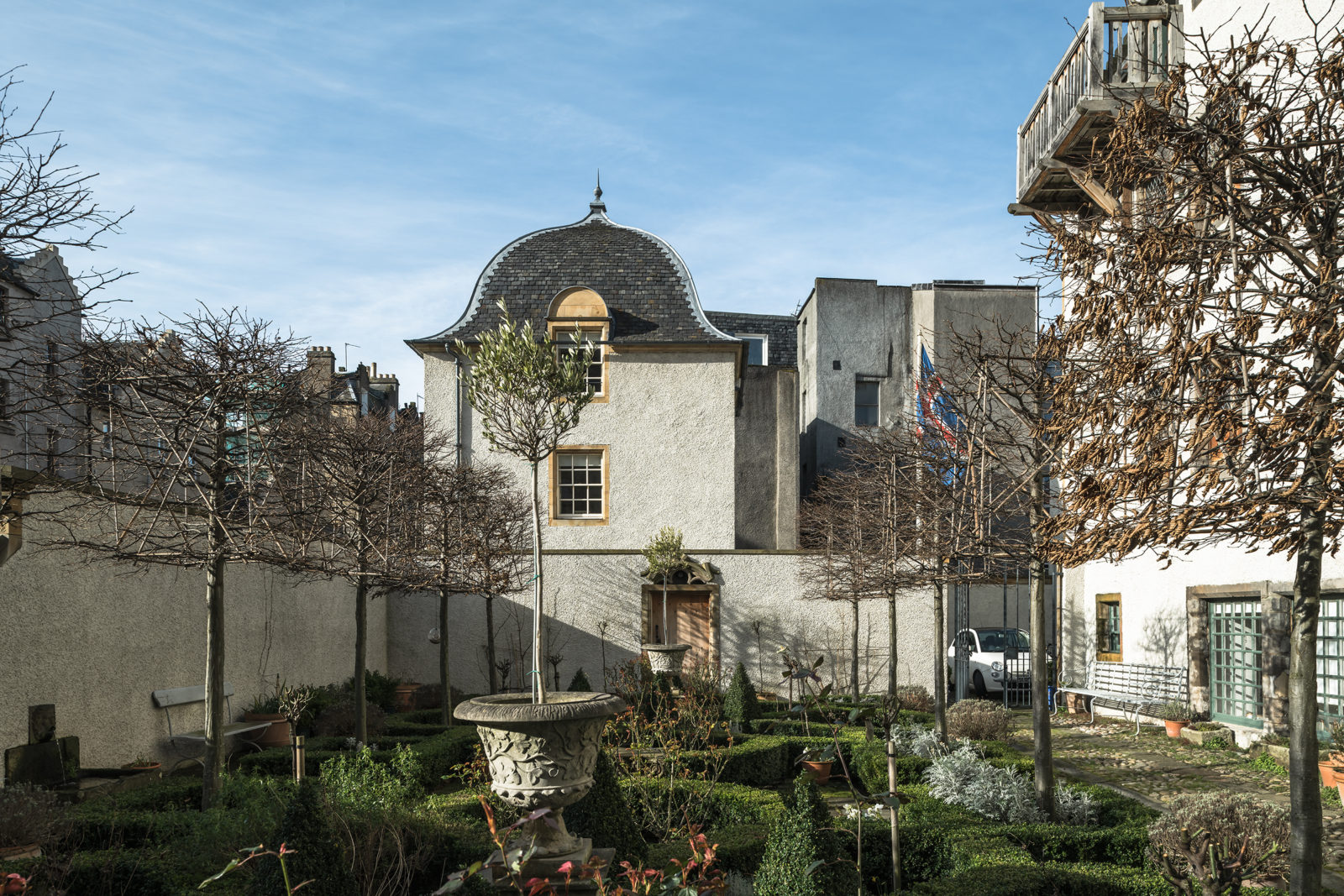
Kristin: “When people now think of modernist buildings they think of the Sixties, and this is obviously not of that era. It’s a 17th-century building but, just in its essence, this building is completely timeless. The way you live in a building like this is not conducive to clutter. It’s not really like a Georgian building that becomes charming with lots of pretty furniture and things. It has to be quite simple to work.”
Nicholas: “It’s pretty minimalist, in a sense. If you take the furniture out, it’s really just white walls and wood and stone, a bit of glass.
“It’s not a demanding building to live in, because it’s very organic and made of natural materials. And, as you can sense, it’s very calming and pleasant to be here. It’s very quiet, actually, except for the rumbling of the wind through the chimneys. We don’t hear the traffic, and, because of the half shutters, we don’t even see the traffic. So it’s a great blessing, that.
“We thought it might be dark and gloomy but, in the afternoon, particularly in the winter, when the sun streams right in horizontally, it’s lovely. Like most substantial buildings of the period, each room has windows on at least two walls. And although we took away the lift that was here, the stairs have been no burden and they keep us fit.”
Kristin: “We’ve never changed our style; we’ve had it forever and now it seems very smart. We go through pictures that are 30 years old and we still have the same wooden tables, floors, textiles and lamps. They’re simple interiors and it just so happens that there’s a fad at the moment that’s caught up with us.
“We’ve always enjoyed collecting and finding: we’ve inherited stuff, bought stuff, picked things up from skips or bought things in junkyards. Occasionally we had to spend some real money but it’s only been on a handful of things. If you want to buy something of modern design now you’re going to need £3,000 to spend on a bench. I haven’t got £3,000 to spend on a bench! We can buy a beautiful piece of brown furniture for a pittance and it’s perfect here.
“There is a lifetimes worth of stuff in this house. The kids don’t have houses big enough so we can’t get rid of anything. We tried to give them some things, but they brought it all back.”

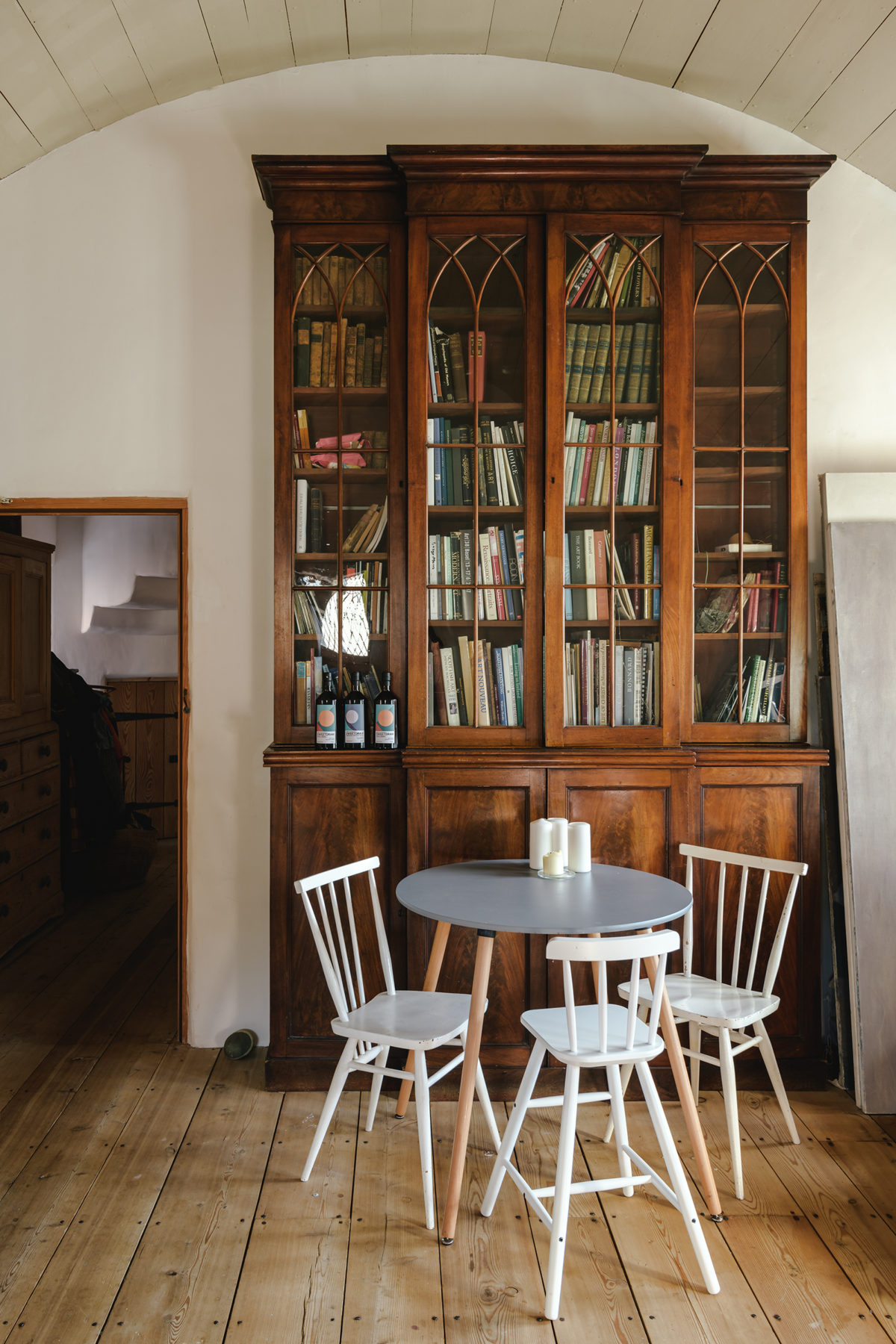
Nicholas: “It’s all gone up in the loft. Our house up north in Sutherland isn’t big enough either. That one was built in a vernacular style in 1954 as a manse house for a church minister.
“It was the right size for us, came on the market at the right time, and we rushed to do a quick deal on it without really considering what we were taking on. But you look out from the front door and all you see is a three-kilometre long beach with the surf coming onto the sand – it’s just incredible. We’re working a lot up there.”
Kristin: “We might spend a week out of four up there. We’ve always had our studio where we live, which made raising three children very easy and enjoyable. Our son, Gunnar, has recently taken over the running of the practice. He works from his design studio based at Custom Lane, a creative hub he established with a local trust.”
Kristin: “We don’t want to move but we will have to eventually. Nick is turning 80 and I’m 72 and although it might be that we can live here for another 10 years, we can’t see it.”
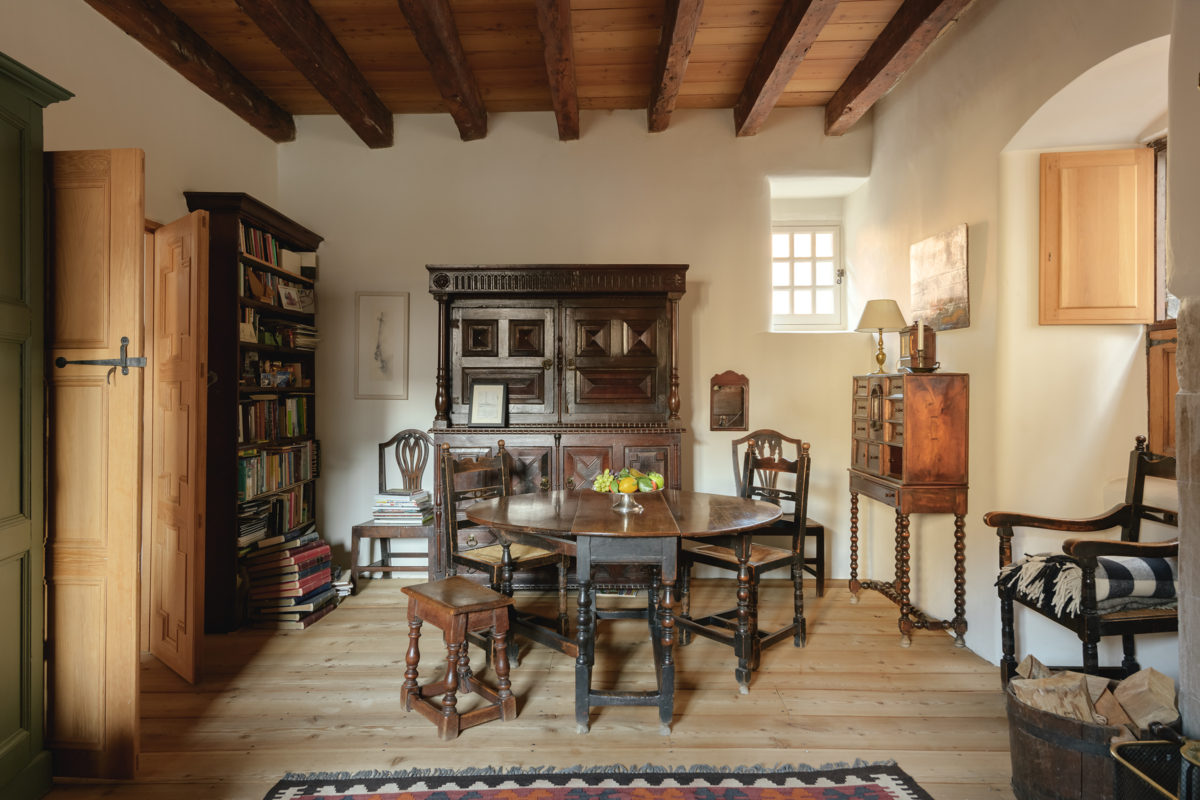

Nicholas: “The office space is what will drive it, which is what drove us here from the last place. And we were also driven by a wish to do this house, because I hated what was going to happen to it. It just made me mad that they could even think about what they were doing. And being supported by the National Trust for Scotland! It was ridiculous.
“I think this is the building I’m proudest of. We’ve been able to put more effort and money into this than anything before, and it’s the culmination of all our experience. With every house we’ve done, we’ve upped the ante a little bit, and we’ve learnt more.
“And we’re proud of the impact this house has had on the local area and its part in the regeneration of Leith. It’s brought up the whole area, which shows you what one building can do.
“There’s been a lot of public interest in this house and it’s has a much higher profile than the other ones we’ve done. We had 1,500 people through the door in four hours last time we opened it on Open Doors Day. People asked if it was a museum, and if we were the curators!
“I think it’s a lovely thing to share with people, because it gives them such enjoyment to see a place like this, and it gives us such enjoyment to show them. It’s the same with our last house, where the community used it for fairs in the summer and things. But it was nothing like here, where it’s all the time. There are community group meetings in the kitchens and, as Kristin is the Consul of Iceland, we’ve had the former President of Iceland over, Icelandic Ambassadors and foreign Consul Generals, and they all sit around the kitchen table. But it’s mostly a quiet space, a very homely, comfortable place to live.”
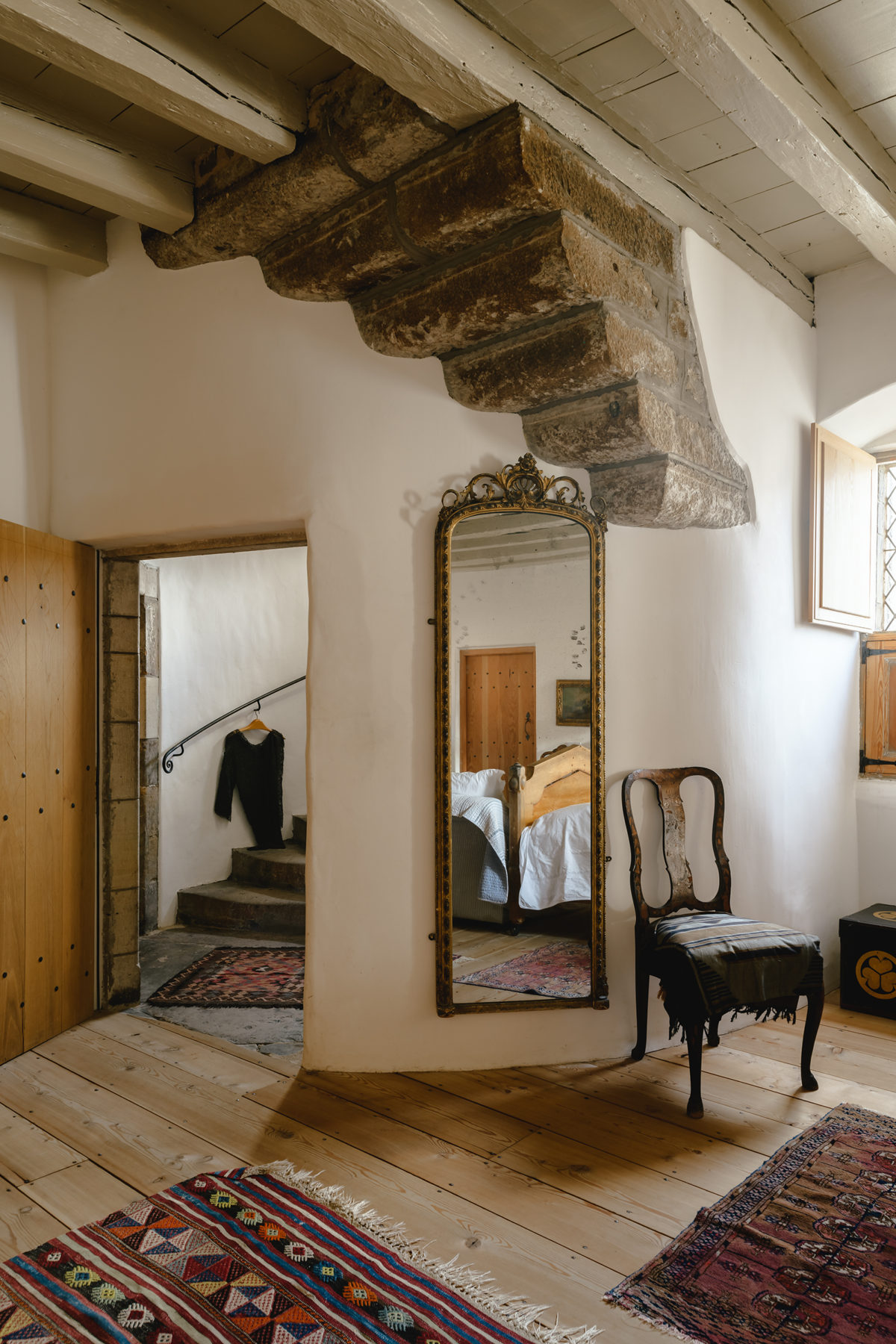
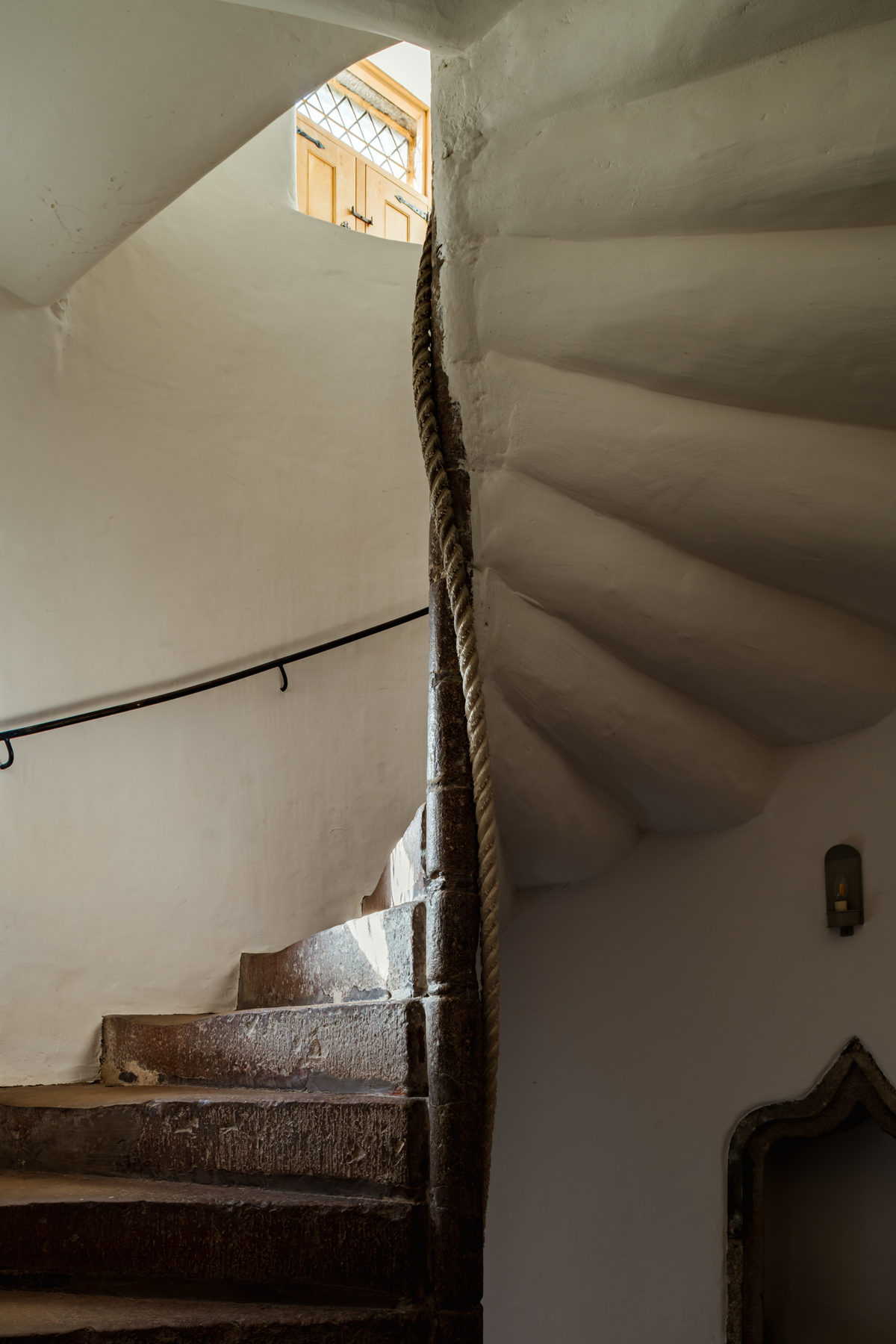
Kristin: “The biggest party we’ve had here was for 120. On Friday we had a dinner for around 40, which happens quite frequently. We just put the food on the table and people take some and go and sit wherever they want, which is nice and informal.
“We’ve never been very precious. I might put on a smart linen tablecloth, but that’s about it. I can never understand these ultra-modern houses, with nothing in them. I don’t know what people are supposed to do in them!”
Nicholas: “We’re in a building that was built in 1610 and yet it works better now than it probably ever did, and so many people go through it the whole time, which is so rewarding.”
Kristin: “And we’re only custodians. It is important that we love the buildings, look after them, make them better and then pass them on. God, doesn’t that sound precious!”
Nicholas: “We’ve never thought we’d be in a home for life. We always thought we’d stay in as long as we can afford to, and then move on to the next one, perhaps when the bank chases us!”
Nicholas and Kristin, how do you define modern living?
Kristin: “In our case modern living is living and working in the same place. We have always lived in houses big enough to house the architectural practice as well as our home. This has created an informal atmosphere and gave us the opportunity of always having the children around.”
Is there a home for sale on our website that has caught your eye? Why?
Nicholas: “The house on your website we found most interesting is Sunpark in Devon. It is a real classic, original and unspoiled. It also has views and scope for making an interesting garden.”

